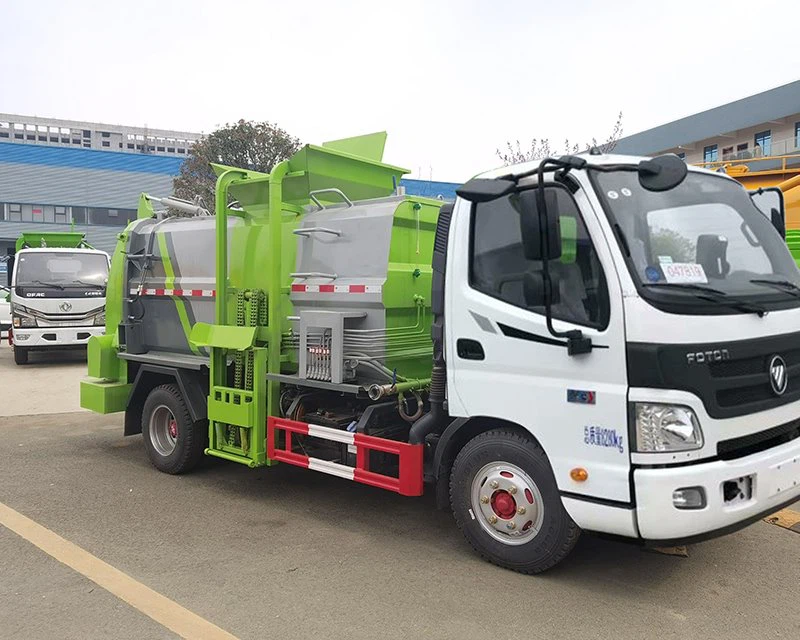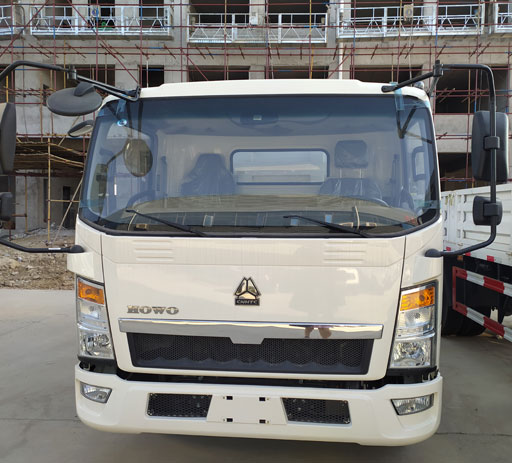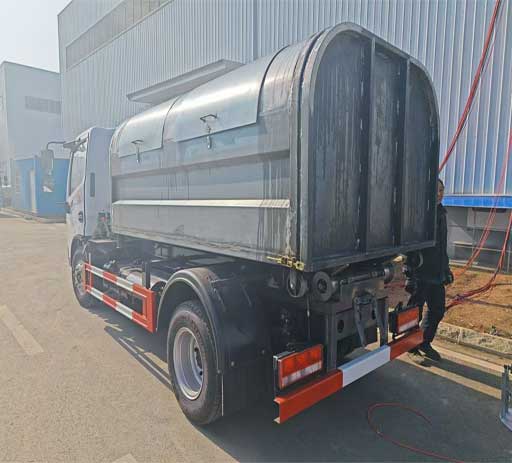The Comprehensive Guide to 8 Ton: Understanding Weight, Calculations, and Applications

When it comes to weight measurements, the term “8 ton” holds significant relevance across various industries. Whether you’re in construction, logistics, or manufacturing, knowing how to work with this weight and its applications is crucial. This article delves deep into everything you need to know about “8 ton,” including its conversion, practical uses, and tips for handling such weights effectively.
1. What is a Ton?
A ton is a unit of weight commonly used in the United States and other countries. It can refer to different values based on the system of measurement. Understanding the different types of tons is essential for comprehending the significance of “8 ton.”
1.1 Types of Tons
- Imperial Ton (UK Ton): Equivalent to 1,016 kg (approximately 2,240 lbs).
- Metric Ton (Tonne): Equivalent to 1,000 kg (approximately 2,204.62 lbs).
- Short Ton (US Ton): Equivalent to 907.185 kg (approximately 2,000 lbs).
1.2 Understanding 8 Ton in Different Measurements
| Unit | Equivalent Weight |
|---|---|
| Imperial Ton | 8 tons = 8,128 kg |
| Metric Ton | 8 tons = 8,000 kg |
| Short Ton | 8 tons = 7,216 kg |
2. Common Applications of 8 Ton
The weight of 8 tons can be found in various industries, each with specific applications. Here are some common uses:
2.1 Construction Industry
In construction, equipment like excavators, backhoes, and bulldozers often have an operating weight of around 8 tons. Understanding the weight helps in planning logistics, managing site operations, and ensuring safety.
2.2 Transportation and Logistics

For logistics companies, knowing how much cargo can be transported per truck or container is vital. An 8-ton delivery vehicle can carry significant loads, thus allowing businesses to optimize loads and costs.
2.3 Manufacturing
In the manufacturing sector, machinery often weighs around 8 tons. It’s crucial for companies to know this for proper installation, power requirements, and handling safety measures.
3. Handling 8 Tons Safely

Handling heavy weights such as 8 tons requires careful planning and adherence to safety guidelines. Here are tips for effective handling:
3.1 Use Proper Equipment
- Forklifts: Use forklifts rated for at least 8 tons.
- Cranes: Ensure cranes are certified for the load.
3.2 Personnel Training
Ensure all personnel are trained in using equipment for transporting heavy loads. Regular safety drills can help maintain awareness and readiness.
3.3 Weight Distribution
When transporting 8 tons, proper weight distribution is crucial. Uneven loads can lead to tipping or accidents.
4. Calculating Loads: 8 Ton in Practice
Calculating these loads is essential for logistics and weight management. Let’s explore how to do this effectively.
4.1 Load Capacity Calculations
To ensure safe transportation and lifting, you can use the following formula:
- Load Capacity (LC) = Total Weight (TW) / Number of Axles (NA)
4.2 Practical Examples
For example, if a truck has a total weight capacity of 32 tons and has 4 axles, the load capacity per axle would be:

- LC = 32 tons / 4 axles = 8 tons per axle.
5. Cost Implications of 8 Ton Loads
Handling and transporting 8-ton loads can involve significant costs. Let’s break down some of the costs associated with moving such weights.
5.1 Transportation Costs
Consider fuel consumption, driver wages, and maintenance of transport vehicles.
5.2 Labor Costs
Labor costs can increase based on the complexity of handling 8-ton loads. Ensure you budget for skilled labor.
5.3 Insurance and Liability
Insurance costs can be higher for transporting heavier loads due to potential risks involved.
6. Regulations Surrounding Heavy Loads
Every country has regulations governing the transportation and handling of heavy loads like 8 tons. Familiarity with these regulations helps avoid legal issues. Let’s look at some key considerations.
6.1 Licensing and Permits
Most jurisdictions require specific licenses and permits for transporting loads over a certain weight. Always check local regulations.
6.2 Safety Standards
Ensure compliance with safety standards, including the proper use of personal protective equipment (PPE).
7. Environmental Impact of Heavy Transport
Transporting heavy loads like 8 tons can have considerable environmental impacts. Sustainable practices are essential in mitigating these effects.
7.1 Fuel Efficiency
Investing in fuel-efficient vehicles can decrease emissions and reduce fuel costs.
7.2 Alternative Transport Options
Consider using rail or water transport for longer distances to reduce environmental impacts.
8. Future Trends in Heavy Load Management
As industries evolve, so do the methods for managing heavy loads. Here are some future trends to consider:
8.1 Automation in Transport
Automation can increase efficiency in handling loads over 8 tons. Consider the use of autonomous vehicles for long-haul transport.
8.2 Smart Technology Integration
Utilizing IoT devices can provide real-time data on load management, enhancing operational effectiveness.
9. FAQs about 8 Ton
9.1 What is the difference between metric tons and imperial tons?
Metric tons are used universally, measuring 1,000 kg, while imperial tons (UK) measure 1,016 kg.
9.2 Can an 8-ton truck fit in standard parking spaces?
Typically, an 8-ton truck may be larger than standard parking spaces. It’s advisable to check dimensions before parking.
9.3 What types of businesses commonly handle 8-ton loads?
Construction companies, logistics firms, and manufacturing facilities often deal with 8-ton loads regularly.
9.4 How often should transportation equipment be maintained for heavy loads?
Regular maintenance should be scheduled based on usage. Heavy equipment often requires checks every few months.
9.5 Are there specific safety certifications required for handling 8-ton loads?
Yes, certifications vary by region but typically include crane operator certification and OSHA training for heavy equipment.
9.6 What are the best practices for loading and unloading 8 tons of materials?
Always ensure even weight distribution, use appropriate equipment, and have trained personnel oversee the operations.
10. Conclusion
Understanding the implications of handling 8 tons, from safety measures to practical applications, is essential for various industries. By mastering these elements, professionals can ensure efficient and safe operations.
